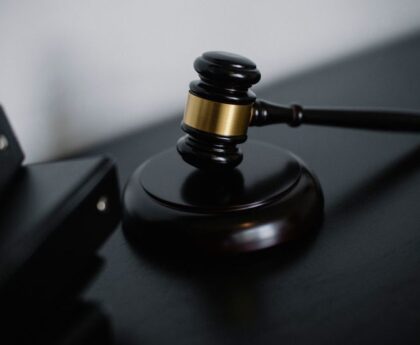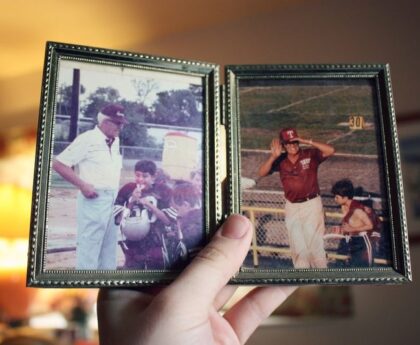Supreme Court Limits Fair-Use Defense in Copyright Case Against Andy Warhol
Background
The recent Supreme Court ruling in the case of Andy Warhol Foundation for the Visual Arts v. Goldsmith has limited the scope of the fair-use defense to copyright infringement in the realm of visual art. In 1984, Vanity Fair hired Andy Warhol to create a work to accompany an article titled “Purple Fame” which was based on Prince’s recent album release, “Purple Rain.” For this, they licensed a portrait of Prince, which was taken in 1981 by Lynn Goldsmith, a successful rock photographer on assignment for Newsweek. Warhol altered the photograph in various ways, notably by cropping and coloring it. The altered image was later licensed to a magazine and used to celebrate Prince’s life after his death in 2016. The case is significant because it pits the recognition of artistic expression against copyright protection.
The Ruling
In a 7-2 ruling, the majority concluded that Warhol was not entitled to draw on Lynn Goldsmith’s portrait of Prince to create a work. Justice Sonia Sotomayor, writing for the majority, stated that the photographer’s “original works, like those of other photographers, are entitled to copyright protection, even against famous artists.” She emphasized that Warhol and Goldsmith were both engaged in the commercial enterprise of licensing images of Prince to magazines, and that taking Goldsmith’s photographs and then only modestly altering them for reuse could lead to a “range of commercial copying of photographs, to be used for purposes that are substantially the same as those of the originals.” Justice Elena Kagan dissenting, was of the view that the decision “will stifle creativity of every sort” and “make our world poorer.”
Editorial
While it is understandable that the creative community emphasizes the importance of artistic expression, it is also necessary to consider the value of protecting an artist’s original work. Copyright protection is vital in maintaining an equitable balance between creativity and intellectual property rights that economists call a “dynamic tension.” This tension is necessary to ensure that artists have an incentive to create original works, while simultaneously guaranteeing that they receive the financial benefits of their creations.
However, the ruling in this case perhaps misses the significance of Warhol’s creation and the culture it existed in. His artwork has significant cultural and historical importance, as part of a larger exploration of our consumerist society and the shifting meanings of images and objects. Warhol’s decision to alter Goldsmith’s photo of Prince was grounded in his particular aesthetic as an artist and his desire to make a statement about contemporary art and culture. Therefore, there is a case to be made that Warhol’s creation added new expression, meaning, and message to the original photograph, which would have met the transformative standard. Nevertheless, the majority ruling instead focused on the commercial aspect of the case and the threat of exploiting copyrighted content.
Advice
The ruling in this case highlights the importance of understanding the legal landscape before creating or licensing a work. Artists should be aware of the copyright laws and be proactive in obtaining necessary licenses and permissions to avoid facing infringement lawsuits. While the fair-use doctrine provides some protection when copyrighted material is used for purposes such as criticism, news reporting and education, it is often a subjective test. Therefore, it is essential to be mindful of the legal implications of using or altering copyrighted material, particularly if the work is to be used for commercial purposes. Studios, galleries, and artists should also use this ruling as an opportunity to review their copyright policies and ensure they have the right legal safeguards in place.

<< photo by Alexander Grey >>
You might want to read !
- Supreme Court Tightens Copyright Laws in Ruling against Andy Warhol Foundation
- Miranda Lambert’s Songwriting Talents Shine Through: 7 Hidden Gems You Didn’t Know She Wrote for Other Artists
- Remembering Rita Lee: Brazil’s Iconic Queen of Rock Passes Away at 75
- The Continuing Fallout from Justice Clarence Thomas’ Confirmation Hearings
- “Floridian FinTech Frustration: DeSantis’ Executive Order Prohibits CBDCs Operating in the Sunshine State”
- What does Deandre Ayton’s absence mean for the Suns in Game 6?
- Why “Fast X” Doesn’t Live Up to Its Predecessors: A Review.
- “Where to Watch Newcastle vs. Brighton Today: TV Channel and Live Streaming Options”
- “Married at First Sight 17”: Latest Updates and Possibilities




